Solar water heating systems are becoming increasingly popular as a sustainable and cost-effective solution for residential and commercial hot water needs. This technology harnesses the sun’s energy to heat water, reducing the reliance on traditional fossil fuel-based heating methods. Understanding how a solar water heating system works is essential to grasp its benefits and potential impact on energy usage and costs. The core components of a solar water heating system include solar collectors, a storage tank, a heat transfer system, and controls. Let’s explore each of these components and their role in the functioning of a solar water heating system. 1. Solar Collectors: Solar collectors are the heart of the system and are responsible for capturing the sun’s energy. There are two main types of solar collectors used for water heating systems: flat plate collectors and evacuated tube collectors. – Flat plate collectors consist of a dark-colored plate covered with a transparent glazing and an insulation layer. The plate absorbs solar radiation and transfers the heat to a fluid flowing through tubes or pipes attached to the plate.
Solar water
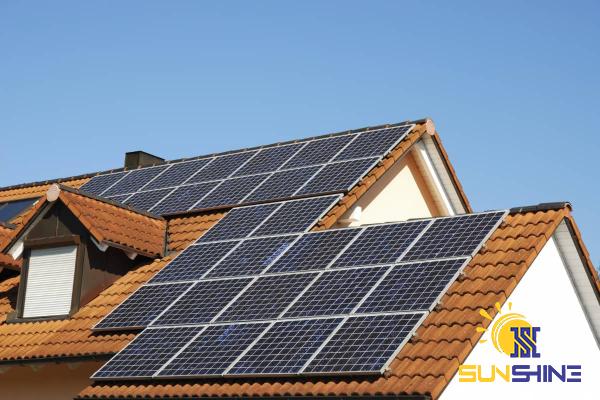 – Evacuated tube collectors consist of parallel, transparent glass tubes with an inner absorber tube. The absorber tube is coated with a high absorbing coating to maximize heat absorption. The space between the two tubes is evacuated to minimize heat loss through conduction and convection. 2. Heat Transfer System: The heat transfer system is responsible for transferring the heat collected by the solar collectors to the water in the storage tank. It typically consists of a fluid, known as the heat transfer fluid, that circulates through the collectors and transfers heat to the water. – In a direct system, the heat transfer fluid is the same as the water that will be used in the household. The water is circulated through the solar collectors, where it absorbs heat directly from the sun and is then transferred to the storage tank. – In an indirect system, the heat transfer fluid is separate from the water used in the household. The heat transfer fluid, typically a mixture of water and antifreeze, circulates through the solar collectors, absorbs heat, and then transfers it to the water in the storage tank via a heat exchanger. 3. Storage Tank: The storage tank is where the heated water is stored for later use. It serves as a buffer to provide a steady supply of hot water even during periods of low or no sunlight. The tank is well insulated to minimize heat loss.
– Evacuated tube collectors consist of parallel, transparent glass tubes with an inner absorber tube. The absorber tube is coated with a high absorbing coating to maximize heat absorption. The space between the two tubes is evacuated to minimize heat loss through conduction and convection. 2. Heat Transfer System: The heat transfer system is responsible for transferring the heat collected by the solar collectors to the water in the storage tank. It typically consists of a fluid, known as the heat transfer fluid, that circulates through the collectors and transfers heat to the water. – In a direct system, the heat transfer fluid is the same as the water that will be used in the household. The water is circulated through the solar collectors, where it absorbs heat directly from the sun and is then transferred to the storage tank. – In an indirect system, the heat transfer fluid is separate from the water used in the household. The heat transfer fluid, typically a mixture of water and antifreeze, circulates through the solar collectors, absorbs heat, and then transfers it to the water in the storage tank via a heat exchanger. 3. Storage Tank: The storage tank is where the heated water is stored for later use. It serves as a buffer to provide a steady supply of hot water even during periods of low or no sunlight. The tank is well insulated to minimize heat loss.
Specifications of solar water
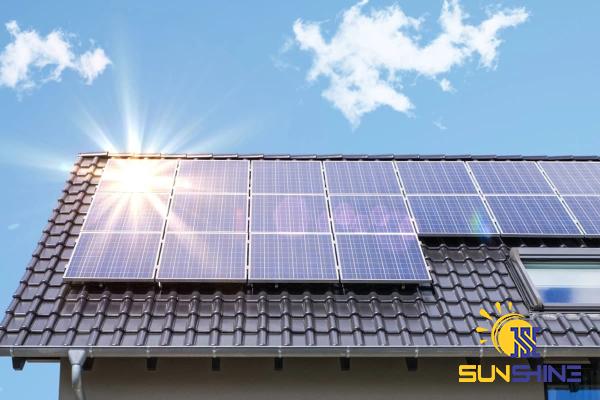 4. Controls: Controls are an essential component of a solar water heating system, ensuring optimal performance and safety. They regulate the flow of the heat transfer fluid, monitor temperature levels, and control backup heating sources, if necessary. The controls also prevent overheating when the system is not in use. Now that we understand the key components, let’s look at the working of a solar water heating system: 1. Sunlight Hits the Solar Collectors: When sunlight hits the solar collectors, whether flat plate or evacuated tubes, the dark surfaces of the collectors absorb the solar radiation. This absorbed energy is then converted into heat. 2. Heat Transfer Fluid Circulates and Absorbs Heat: In a direct system, the water itself acts as the heat transfer fluid. It circulates through the tubes or pipes of the solar collectors, absorbing the heat directly from the sun. In an indirect system, the heat transfer fluid, such as water mixed with antifreeze, circulates through the collectors, absorbing the heat and carrying it to the storage tank.
4. Controls: Controls are an essential component of a solar water heating system, ensuring optimal performance and safety. They regulate the flow of the heat transfer fluid, monitor temperature levels, and control backup heating sources, if necessary. The controls also prevent overheating when the system is not in use. Now that we understand the key components, let’s look at the working of a solar water heating system: 1. Sunlight Hits the Solar Collectors: When sunlight hits the solar collectors, whether flat plate or evacuated tubes, the dark surfaces of the collectors absorb the solar radiation. This absorbed energy is then converted into heat. 2. Heat Transfer Fluid Circulates and Absorbs Heat: In a direct system, the water itself acts as the heat transfer fluid. It circulates through the tubes or pipes of the solar collectors, absorbing the heat directly from the sun. In an indirect system, the heat transfer fluid, such as water mixed with antifreeze, circulates through the collectors, absorbing the heat and carrying it to the storage tank.
buy Solar water
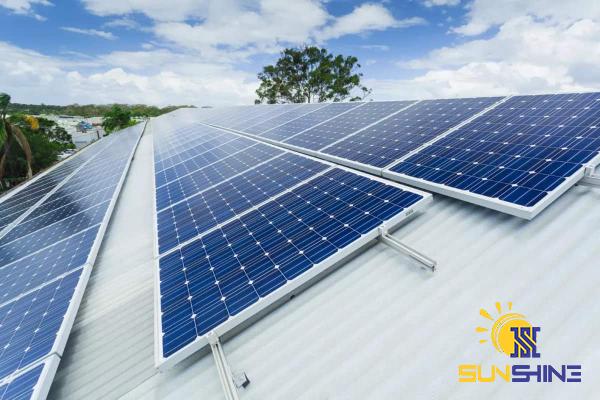 3. Heat Exchanger Transfers Heat to the Water: In an indirect system, a heat exchanger is used to transfer the heat from the heat transfer fluid to the water in the storage tank. The heat exchanger ensures that the heat transfer fluid and the water do not mix, maintaining the integrity and quality of the water used for daily activities. 4. Hot Water Storage: The heated water is stored in the well-insulated storage tank, ready for use whenever it is needed. The tank keeps the water at a desired temperature until it is drawn for use. 5. Backup Heating Source (if applicable): In regions or seasons with limited sunlight, a backup heating source, such as an electric or gas-powered element, may be installed in the storage tank or along the heat transfer system. This backup system ensures a continuous and reliable supply of hot water during periods of low solar radiation. Overall, solar water heating systems offer a sustainable and cost-effective solution for meeting hot water demands. By harnessing the sun’s energy, these systems provide a renewable and clean alternative to traditional fossil fuel-based heating methods. With proper installation, maintenance, and integration with existing heating systems, solar water heating can significantly reduce energy consumption and costs while minimizing the environmental impact.
3. Heat Exchanger Transfers Heat to the Water: In an indirect system, a heat exchanger is used to transfer the heat from the heat transfer fluid to the water in the storage tank. The heat exchanger ensures that the heat transfer fluid and the water do not mix, maintaining the integrity and quality of the water used for daily activities. 4. Hot Water Storage: The heated water is stored in the well-insulated storage tank, ready for use whenever it is needed. The tank keeps the water at a desired temperature until it is drawn for use. 5. Backup Heating Source (if applicable): In regions or seasons with limited sunlight, a backup heating source, such as an electric or gas-powered element, may be installed in the storage tank or along the heat transfer system. This backup system ensures a continuous and reliable supply of hot water during periods of low solar radiation. Overall, solar water heating systems offer a sustainable and cost-effective solution for meeting hot water demands. By harnessing the sun’s energy, these systems provide a renewable and clean alternative to traditional fossil fuel-based heating methods. With proper installation, maintenance, and integration with existing heating systems, solar water heating can significantly reduce energy consumption and costs while minimizing the environmental impact.
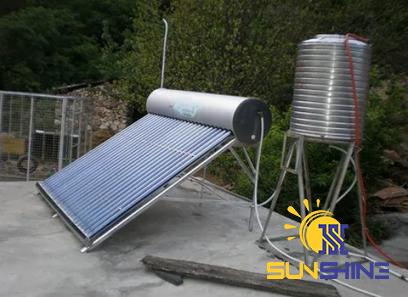
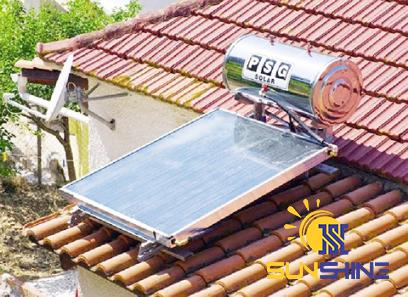
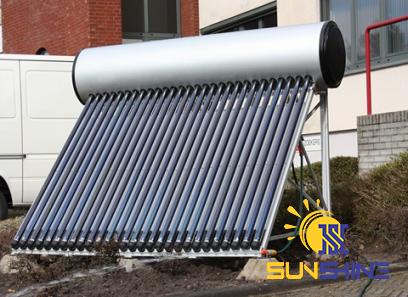
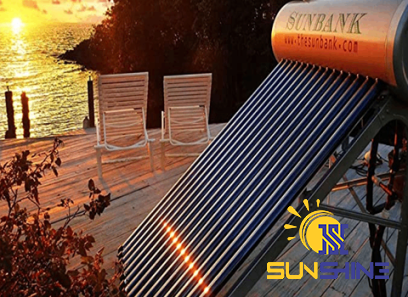
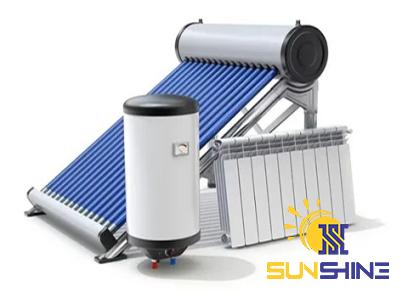
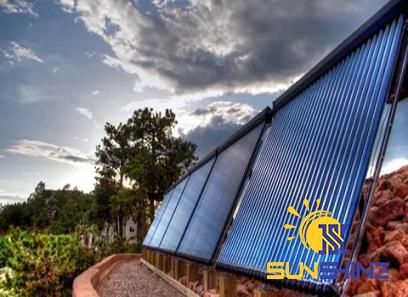
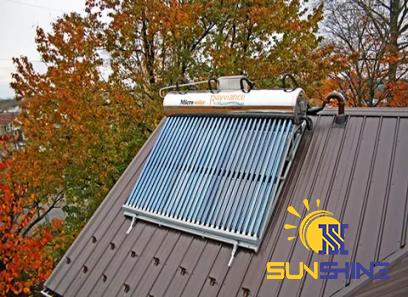
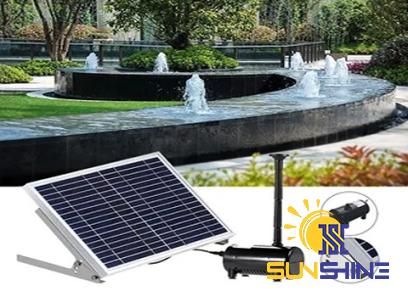
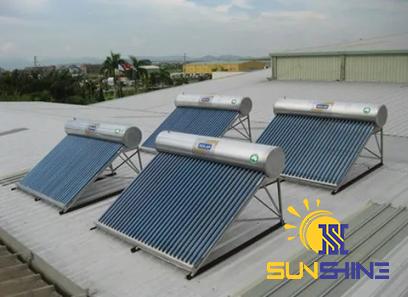
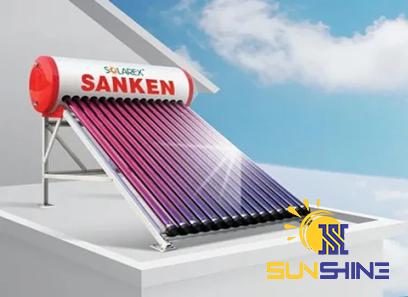
Your comment submitted.